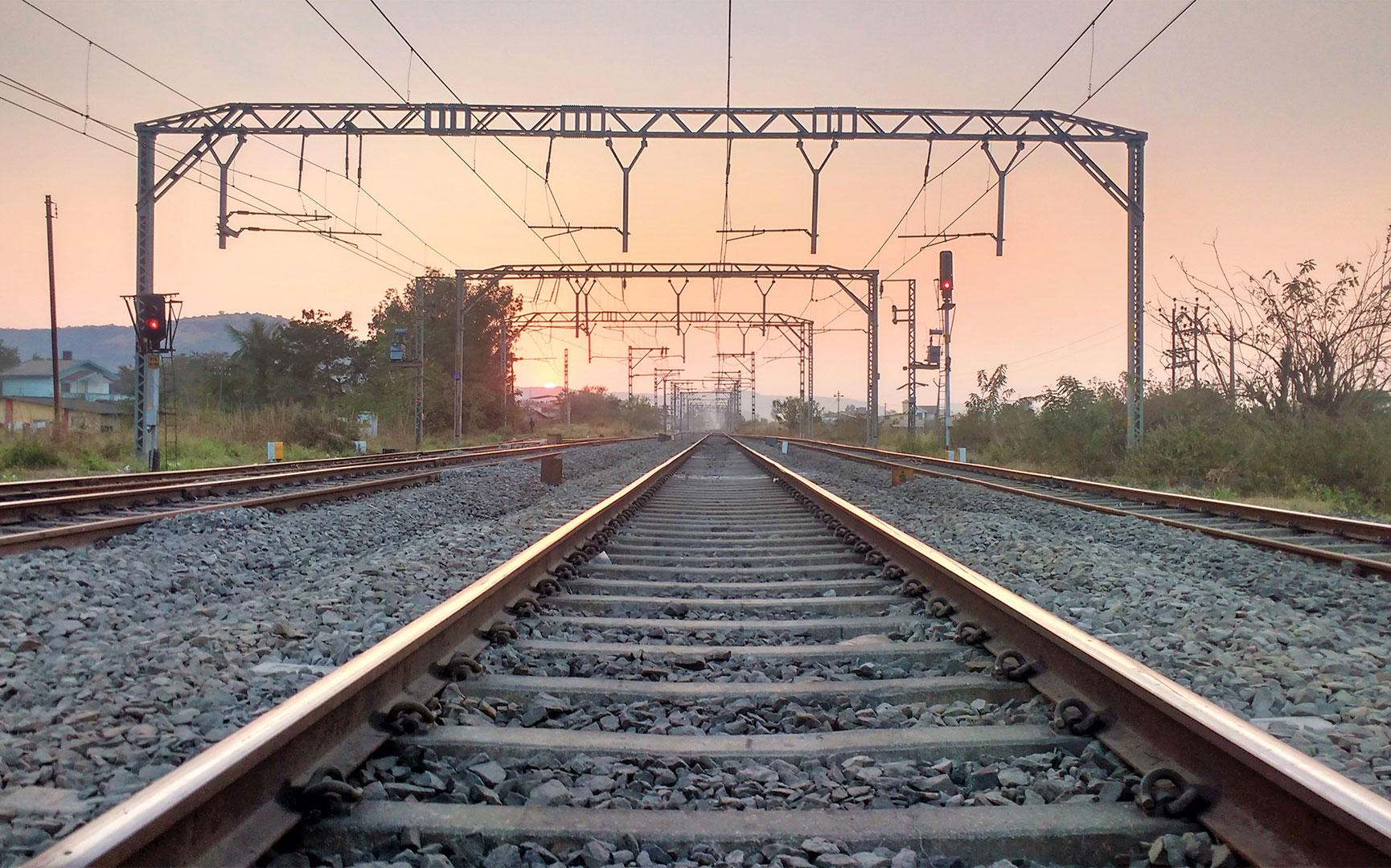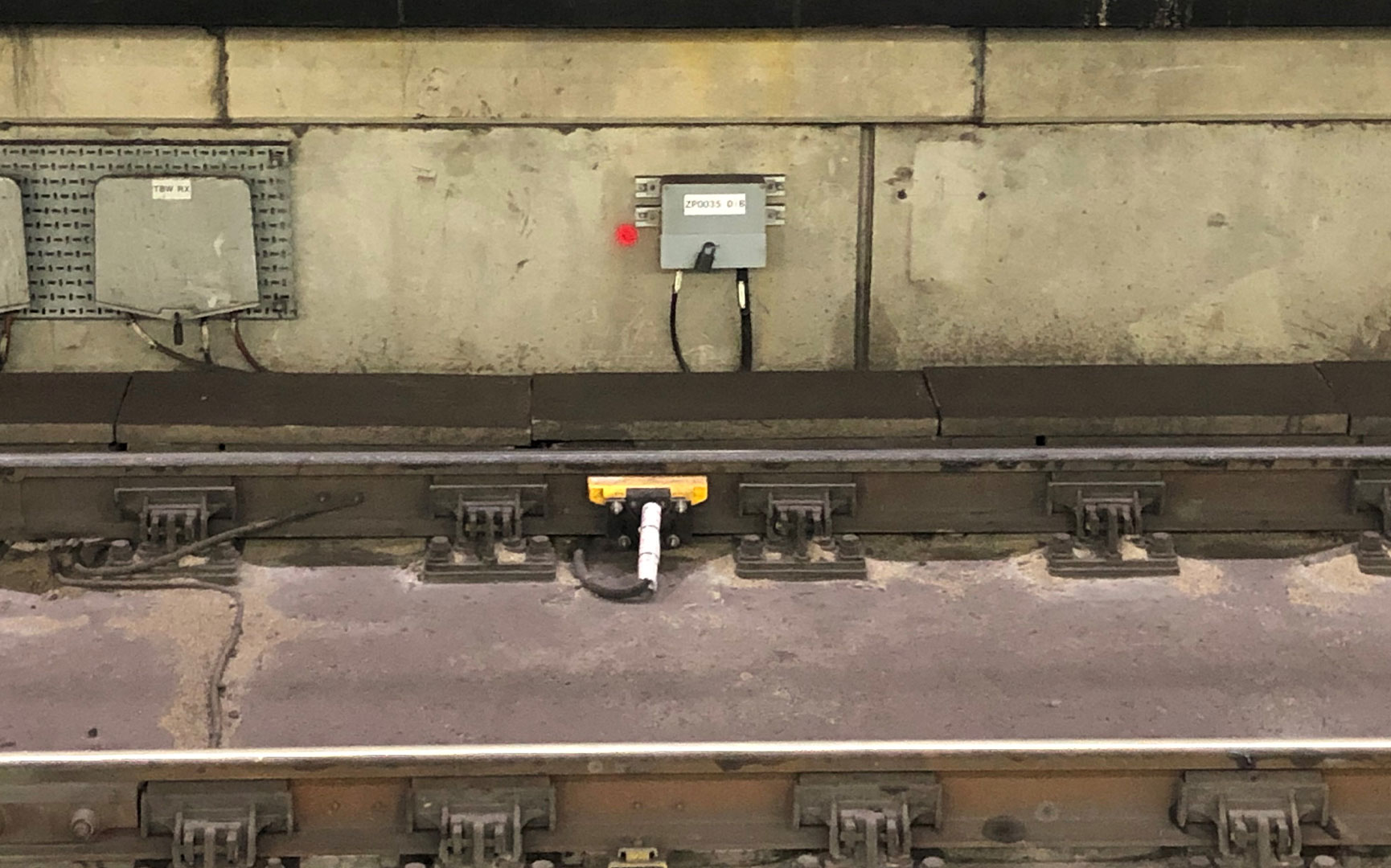Frauscher Sensor Technology has completed the divestiture to Wabtec Corporation.
Find Out MoreNotification Center

Train DetectionGermany
Dillinger Hütte
A new ladder track was required to provide more parking tracks in the steel plant. At the same time, the layout of the dead end tracks were optimised and the efficiency of the whole depot improved by installing the Frauscher Advanced Counter FAdC®i in combination with the wheel sensor RSR180. With the implementation of the Frauscher Diagnostic System FDS, the overall maintenance costs can be significantly reduced.
Hanning & Kahl implemented 16 power operated, locally controlled points (EOW). A SIL3 proven control ensures safe, flexible and efficient operation. The Frauscher Axle Counter FAdC®i in combination with the wheel sensor RSR180 guarantees reliable train detection, while Frauscher Diagnostic System FDS provides diagnostic data to the higher level control system.
Thanks to the FDS which allows collection of data all over the system, the maintenance staff is now provided with diagnostic tools and a virtual track representation of the entire depot area. Irregularities and failures can be detected in advance before coming to expensive breakdowns. With the condition-based maintenance replacing scheduled maintenance, the overall cost can be significantly reduced.
Functional modularity
The FAdC® provides reset options, counting head information, counting head control functionality and comprehensive diagnostic facilities.
Optimise maintenance
Analysis of diagnostic data provided by FDS allows condition-based maintenance and preventive measures.
This might also interest you

Train DetectionSerbia
Hungary-Serbia Railway Project

Train DetectionIndia
Vijayawada – Gannavaram Rail Line

Train DetectionUnited Kingdom of Great Britain and Northern Ireland
Churnet Valley Heritage Railway

Train DetectionUnited Kingdom of Great Britain and Northern Ireland
Axle Counter Overlay System
